About Open Data
Open data is a crucial component of the modern information landscape, meaning that data and information are made available to the public without restrictions on use or distribution. This concept spans various areas, including science, public administration, education, and societal development. Below is a closer look at some key aspects of open data:
The FAIR principles, which stand for Findable, Accessible, Interoperable, and Reusable, aim to ensure that data is easy to find, access, integrate, and reuse within and across different contexts. These principles provide a foundation for promoting effective data management and exchange across various platforms and disciplines, ultimately fostering open research.
The CARE principles, which stand for Collective Benefit, Authority to Control, Responsibility, and Ethics, are fundamental to ensuring fair and respectful handling of Indigenous peoples' data and information resources.
At the Swedish Museum of Natural History, data is a central part of our democratic mission, both nationally and internationally. We adhere to international guidelines such as the Nagoya Protocol to ensure fair use of biodiversity and traditional knowledge. By doing so, we take responsibility to ensure that our research, education, and data usage respect and benefit the communities and cultures from which the information was collected. We also strive to actively work towards repatriating data and materials to their countries and communities of origin.
We are currently working on developing an updated data policy for the Swedish Museum of Natural History to ensure responsible data management and accessibility in line with the government guidelines for open science External link.. What constitutes open data is regulated in the Open Data Directive
External link.. What constitutes open data is regulated in the Open Data Directive External link..
External link..
Find the Museum's Open Data and Resources
Our Scientific Collections
You can explore the museum's extensive scientific collections through resources such as the Collection Portal External link. and GRSciColl
External link. and GRSciColl External link. (Global Registry of Scientific Collections), where you can find a wealth of information, images, and metadata about our collections, both nationally and globally. For standardized data, see below in the section on infrastructure for open data.
External link. (Global Registry of Scientific Collections), where you can find a wealth of information, images, and metadata about our collections, both nationally and globally. For standardized data, see below in the section on infrastructure for open data.
Data Hosting and Agency Missions
The museum conducts environmental monitoring and surveillance in many areas and, for example, is the formal data host for national pollen reporting. Data hosting is a mission assigned by the Swedish Environmental Protection Agency and usually includes data collection, standardization, quality assurance, storage, and sharing of information with other stakeholders, researchers, and the public. The data hosting aims to promote access to and use of data to support decision-making, research, and conservation of the natural environment. Pollen reports and forecasts are available via the Pollen Report's open APIs External link.. For an administrative fee, we can provide data upon request. For inquiries, contact pollen@nrm.se.
External link.. For an administrative fee, we can provide data upon request. For inquiries, contact pollen@nrm.se.
The museum is the licensing authority for Sweden's bird ringing and the Bird Ringing Center at the Department of Bird Ringing and Palynology External link. collects data on both ringed birds and recoveries. Data from bird ringing is freely available through research infrastructures such as GBIF and SBDI. Information about recoveries can be requested for research purposes; for inquiries, contact bird.ringing@nrm.se. There is also a web service for visualization of recoveries available at Återfynd - Swedish Bird Recoveries
External link. collects data on both ringed birds and recoveries. Data from bird ringing is freely available through research infrastructures such as GBIF and SBDI. Information about recoveries can be requested for research purposes; for inquiries, contact bird.ringing@nrm.se. There is also a web service for visualization of recoveries available at Återfynd - Swedish Bird Recoveries External link..
External link..
Birds and mammals designated as "state wildlife" are owned by the state rather than the landowner when they die. Anyone who finds a dead animal that is considered state wildlife is required to report the finding to the police. The police are responsible for taking care of the animal and sending it to the Swedish Museum of Natural History. Data from the state wildlife is not yet publicly available, unless part of the zoological specimen collections. Read more about the State wildlife External link..
External link..
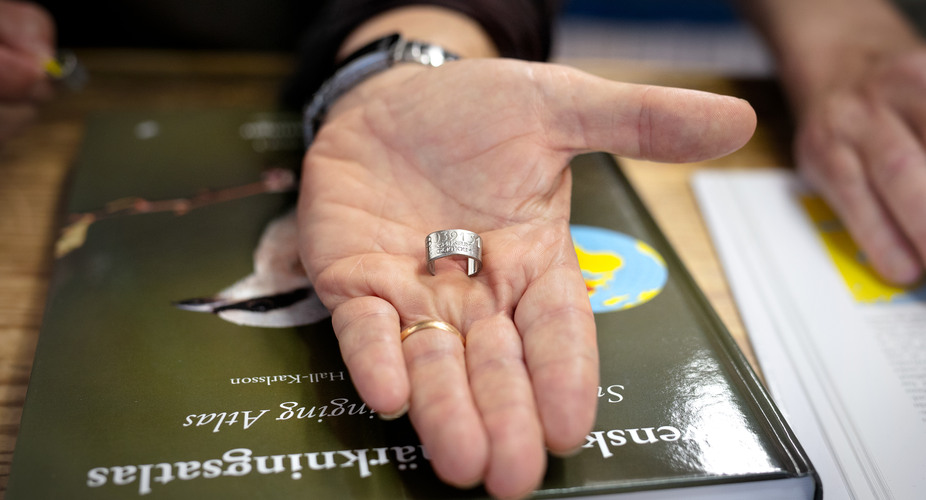
Citizen Science
By participating in citizen science, you contribute to promoting knowledge, research, and conservation of our natural and cultural heritage. You can participate in our citizen science projects by, for example, reporting sightings of marine animals such as porpoises. Read more about this on the pages for state wildlife or report findings to the porpoise database External link.. For reporting spontaneous species observations in other species groups, we refer to Artportalen
External link.. For reporting spontaneous species observations in other species groups, we refer to Artportalen External link. or iNaturalist
External link. or iNaturalist External link..
External link..
The museum sometimes participates in public transcription and digitization projects to make historical material from our collections available for research and the public. Information about current projects will be published in the Calendar.
Open Educational Resources
For those working in schools, there are school pages with fact-checked lesson materials in biology, natural science, physics, geography, art, science, and social studies, as well as systematic investigations. There are also materials in easy Swedish suitable for teaching in Swedish for immigrants (SFI), Swedish as a second language (SVA), and preparatory classes. The lesson materials have a clear connection to the central content of the respective curricula. We also offer free subject-specific training for teachers.
Read more on the museum's School Pages External link. (in Swedish).
External link. (in Swedish).
Sensitive Data
Sensitive data and sensitive information refer to information that can have significant consequences for individuals, communities, environments, or species if handled or shared incorrectly. This may include personal or cultural data, information about endangered species or vulnerable ecosystems, and data that reveal sensitive locations or vulnerable areas.
The Swedish Museum of Natural History identifies and manages sensitive data responsibly to avoid harm or misuse. This may involve using anonymization or diffusion methods to protect and limit access to certain types of information or implementing security measures to protect sensitive data from unauthorized access or use.
Research, Population, and Environmental Monitoring Data
Open Access to Research Data
By providing open data, the Swedish Museum of Natural History supports open research and promotes collaboration and knowledge exchange within the research community and society at large. Shared data increases the accessibility of research results and facilitates other researchers to build on existing knowledge. Each researcher at the museum is, however, responsible for making their research data available. For research based on the museum's collections, there is opportunity to access this data through the museum's Collection Portal or through the open research infrastructures hosted by the Swedish Museum of Natural History.
Open Population and Environmental Monitoring Data
The Department of Nature and Environmental Monitoring administers and participates in several national monitoring programs on behalf of the Swedish Environmental Protection Agency and the Swedish Agency for Marine and Water Management. As part of these assignments, we collect, quality assure, and deliver data to national data hosts who are responsible for making the data available. We primarily deliver to the following data hosts:
- SMHI/Sharkweb
 External link.: Population monitoring of seals and porpoises, as well as the health status of seals.
External link.: Population monitoring of seals and porpoises, as well as the health status of seals. - National Geologic Survey (SGU)
 External link.: Levels of environmental pollutants in biological material.
External link.: Levels of environmental pollutants in biological material. - RovBase
 External link.: Population monitoring of bears, golden eagles, and Arctic foxes (access to the latter two is limited due to species protection considerations).
External link.: Population monitoring of bears, golden eagles, and Arctic foxes (access to the latter two is limited due to species protection considerations).
Parts of our data are made available through the infrastructures GBIF External link. and SBDI
External link. and SBDI External link., as well as HELCOM
External link., as well as HELCOM External link. and ICES
External link. and ICES External link. portals where they serve as the basis for policy decisions. They are also included as part of the Swedish Marine Environment Institute's status reports on Sweden's aquatic environment
External link. portals where they serve as the basis for policy decisions. They are also included as part of the Swedish Marine Environment Institute's status reports on Sweden's aquatic environment External link..
External link..
Genetic Data
The Swedish Museum of Natural History strives to make genetic data available to researchers by storing it in open databases such as Genbank or ENA (European Nucleotide Archive). In this way, we contribute to open research and enable others to use and build on our genetic resources to promote understanding and conservation of biodiversity.
Raw genetic data from e.g. monitoring programs, are stored in local databases and are publicly available upon request to the Center for Genetic Identification (CGI). Data from CGI may be subject to preliminary confidentiality and will not be disclosed in such cases.
Infrastructure for Open Data
Swedish research infrastructures for biodiversity, such as the Swedish Biodiversity Data Infrastructure (SBDI) and GBIF Sweden, play a central role in standardizing and making open biological data and metadata available in Sweden. SBDI External link. is a national platform that coordinates and integrates biological data from various sources and organizations across the country. A central part of SBDI is GBIF Sweden
External link. is a national platform that coordinates and integrates biological data from various sources and organizations across the country. A central part of SBDI is GBIF Sweden External link., the Swedish node within the global network Global Biodiversity Information Facility
External link., the Swedish node within the global network Global Biodiversity Information Facility External link. (GBIF). With its role as the leading actor and aggregator of open biodiversity data, GBIF plays a crucial role in collecting and making biological data available on a global scale.
External link. (GBIF). With its role as the leading actor and aggregator of open biodiversity data, GBIF plays a crucial role in collecting and making biological data available on a global scale.
Research infrastructures like SBDI and GBIF provide researchers with a simple and centralized platform for sharing and accessing research data. By making biodiversity data available to everyone, SBDI and GBIF Sweden contribute to promoting research, management, and conservation of biodiversity both nationally and internationally. This accessibility of data enables better research collaborations and supports efforts to understand and protect the diversity of nature on a global scale.
Read more on the museum's pages about Research Infrastructure External link..
External link..
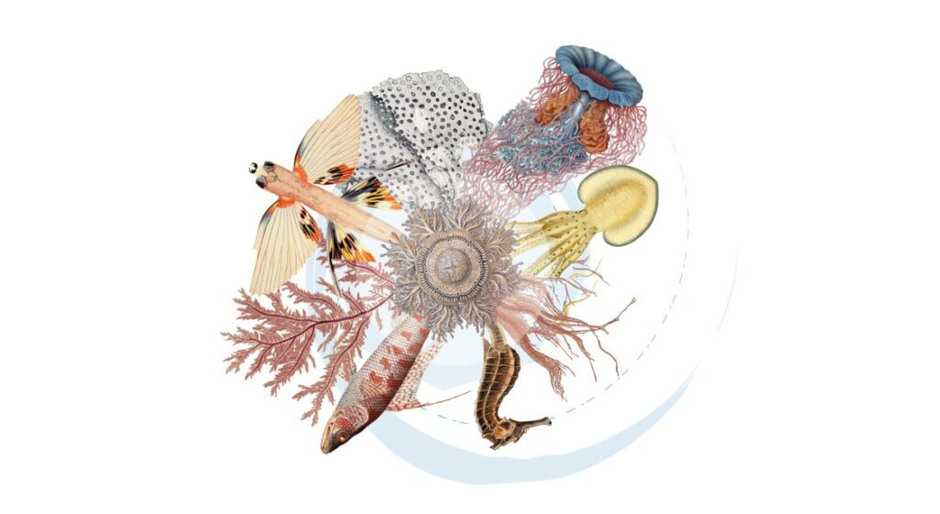
GBIF collage from open recources made available by the Biodiversity Heritage Library, BHL.
Programmatic Access to the Museum's Open Data
A large part of the museum's data is available via open APIs:
- Pollen Report - https://pollenrapporten.se/omwebbplatsen/attanvandapollenprognoserna
 External link.
External link. - GBIF - https://api.gbif.org/
 External link.
External link. - SBDI - https://api.biodiversitydata.se/
 External link.
External link.
R packages such as rgbif External link. and sbdi4r2, or Python package pygbif
External link. and sbdi4r2, or Python package pygbif External link., can also be used to access the museum's open data.
External link., can also be used to access the museum's open data.
Citing the Museum's Data and Resources
As a government agency, the museum's data is generally always open and falls under what is commonly referred to as the public domain (CC0), but there are exceptions. It is good practice to cite resources and data used, even if they are entirely open. Citing data is important to acknowledge and respect the work and contributions of researchers, authorities, museums, and other institutions that have made their data available. It helps establish credibility and transparency in research, environmental monitoring, management, and enables reuse and reproducibility of results.
When citing data and resources from the Swedish Museum of Natural History, the following guidelines should be followed:
- General citation of the museum's data and resources: Swedish Museum of Natural History, [title of data or resource], [URL to data or resource], [date of access].
- For citing museum personnel: Name of personnel, [title of personnel], [date of communication].
- Citation of a page on the museum's website: Swedish Museum of Natural History, [URL to page], [date of access].
To facilitate data reuse and proper reference management, various machine-readable identifiers can be used. Which identifier to use depends on the context, but stable identifiers are generally linked to each other. Examples of such identifiers include:
- Swedish Museum of Natural History's ROR-ID (Research Organization Registry): https://ror.org/05k323c76
 External link.
External link. - Swedish Museum of Natural History's Wikidata-ID: Q1420103
 External link.
External link.
Research infrastructures like SBDI and GBIF may have their own requirements and guidelines for how data and other information should be cited. All data and datasets are provided with open Creative Commons licenses and also have DOIs (Digital Object Identifiers) that should be used. It is therefore important to consult and follow these specific requirements when using and citing data from such sources.
Resources and Links
FAIR principles: https://www.go-fair.org/fair-principles/ External link.
External link.
CARE principles: https://www.gida-global.org/care External link.
External link.
Nagoya Protocol: https://www.naturvardsverket.se/vagledning-och-stod/arter-och-artskydd/genetiska-resurser-nagoyaprotokollet/ External link.
External link.
GBIF Sweden: https://www.gbif.se/ External link.
External link.
SBDI: https://biodiversitydata.se/ External link.
External link.
Swedish Museum of Natural History's Collection Portal: https://samlingar.nrm.se/ External link.
External link.
Global Registry of Scientific Collections (GRSciColl): https://scientific-collections.gbif.org/ External link.
External link.
- Act (2022:818) on the accessibility of data in the public sector
 External link.
External link. - Directive 2019/1024 of the European Parliament and of the Council (eur-lex.europa.eu)
 External link.
External link. - About open data on the national data portal for open data and PSI
 External link.
External link. - Swedish government guidelines for Open Science
 External link.
External link.
Contact
For questions about the museum's open data, contact Veronika Johansson or Knud Jønsson.

Veronika A. Johansson | Node Manager GBIF Sweden Project coordinator SBDI, BIO
+4685195 4036


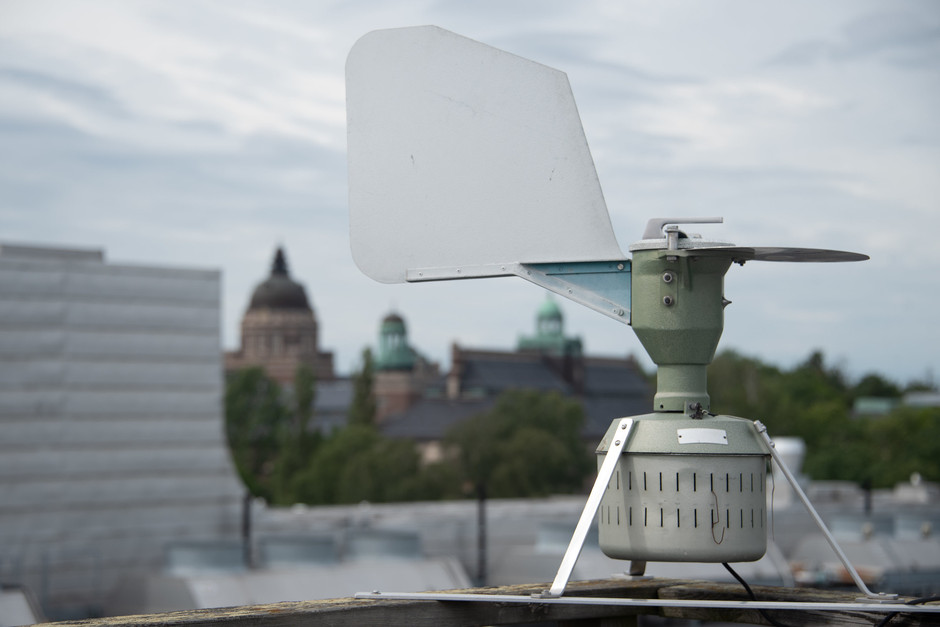
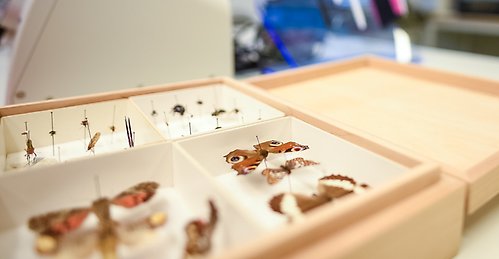




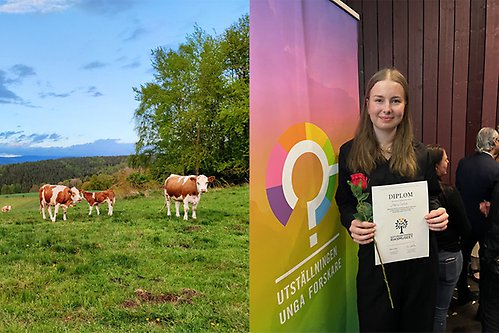
.jpg)
